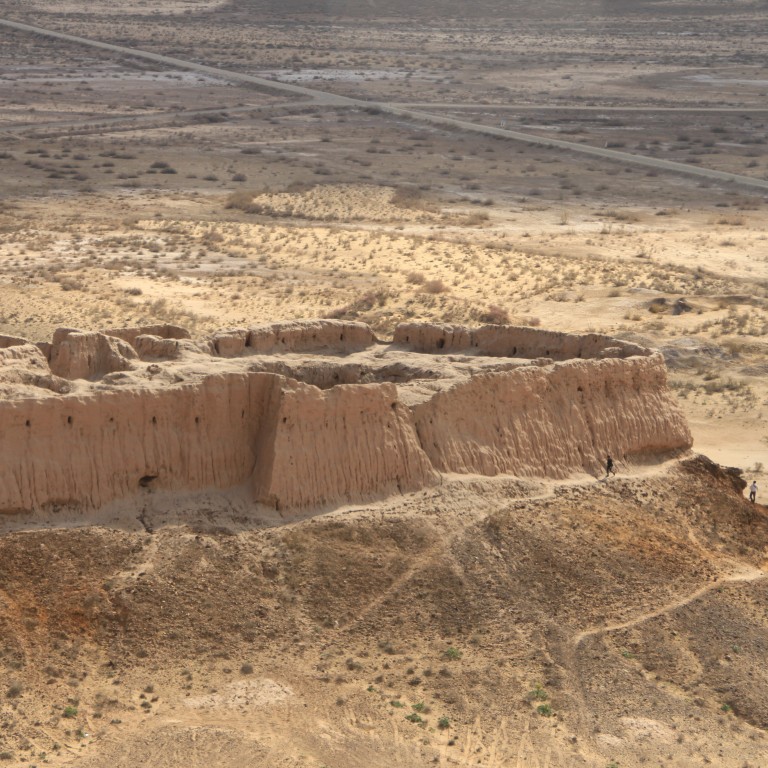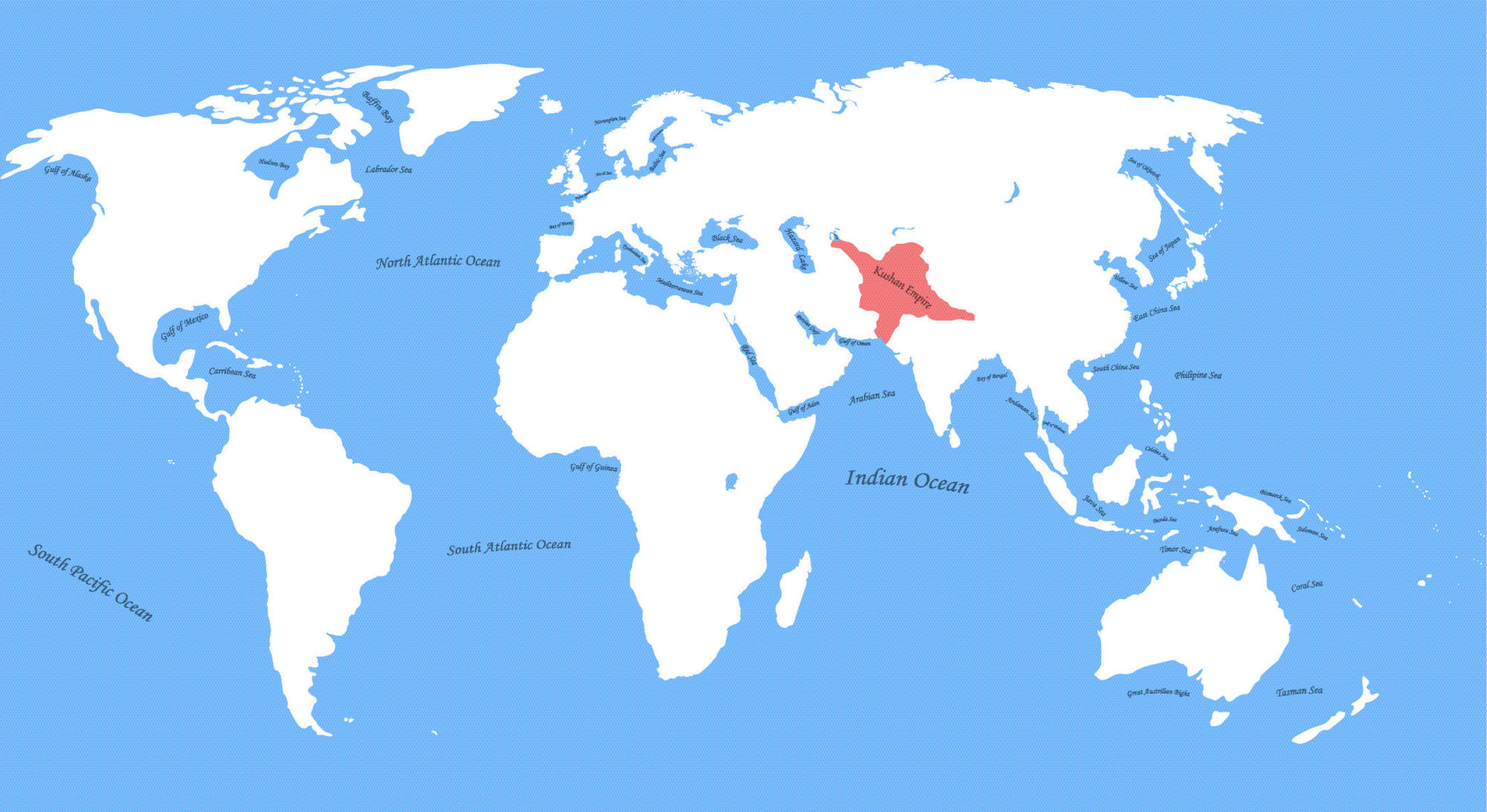
Chinese archaeological work in Uzbekistan helps ‘fill a gap in the history’ of ancient Silk Road empire
- Joint project uncovers ‘a significant number’ of artefacts from the Kushan Empire, which sat at the heart of the ancient trade routes
Chinese and Uzbek archaeologists have completed the first phase of a joint project to excavate the remains of an ancient empire on the Silk Road.
The dig in Surxondaryo, a region in southern Uzbekistan, uncovered a “significant number” of artefacts and dozens of burials from the Kushan Empire, a vital hub on the Silk Road, according to China’s state news agency Xinhua.
The archaeologists believe that the discoveries, which also include three houses, revealed that eastern Surxondaryo was “a crucial area for Kushan people distributions”.
Little archaeological work has been done in that particular area and the team said the work helped fill out the historical record.
The Chinese team told Xinhua: “The presence of continuous traces of habitation on the eastern side of the Surxondaryo River region during the Kushan Empire … fills in a gap in the history of this region during that period.”

The Kushan Empire, which rose in the 1st century AD, covered most of modern-day Uzbekistan, Tajikistan, Afghanistan and Pakistan, as well as parts of India and Iran, becoming a crucial hub along the Silk Road.
The empire was also seen as playing a vital role in the spread of Buddhism, and some histories say it was the route through which the religion first arrived in China during the Han dynasty (206BC-AD220).
The dig is one of a number of projects that China is using to boost cultural ties with Central Asian republics, with the Chinese Academy of Social Sciences’ Institute of Archaeology, the Shaanxi Provincial Institute of Archaeology and Northwestern University playing a leading role.
The first joint projects with Uzbekistan began in 2012, with Chinese state media at the time describing it as an effort “to study the civilisational processes of ancient cities and the cultural lineages and routes of the ancient Silk Road”.
Chinese President Xi Jinping has repeatedly highlighted the importance of such initiatives, both during a visit to Uzbekistan in 2016 and last year, when he hosted the leaders of five countries at the first China-Central Asia summit.
He told the visitors it was important that we “carry forward our traditional friendship and promote people-to-people exchanges”, promising to boost cultural tourism.

The term Silk Road was coined by the 19th century German geographer Ferdinand von Richthofen to describe the trade networks through which valuable commodities such as silk, porcelain, jade, gunpowder, livestock and fruit were traded in a vast network linking the main Eurasian empires.
At the heart of the route was Central Asia, a crossroads for merchants travelling between China, Persia, India and the Roman Empire.

“The promotion of belt and road construction requires people-to-people communication, and archaeological cooperation is one of the crucial fields,” Zhu said.
Meanwhile, Uzbekistan and other Central Asian republics are rediscovering their national history after decades-long assimilation and suppression from the Russian-dominated Soviet Union.
He said independence had stimulated “a strong interest in their history and national origins”, adding this was “a stage that all countries must go through after independence”.

